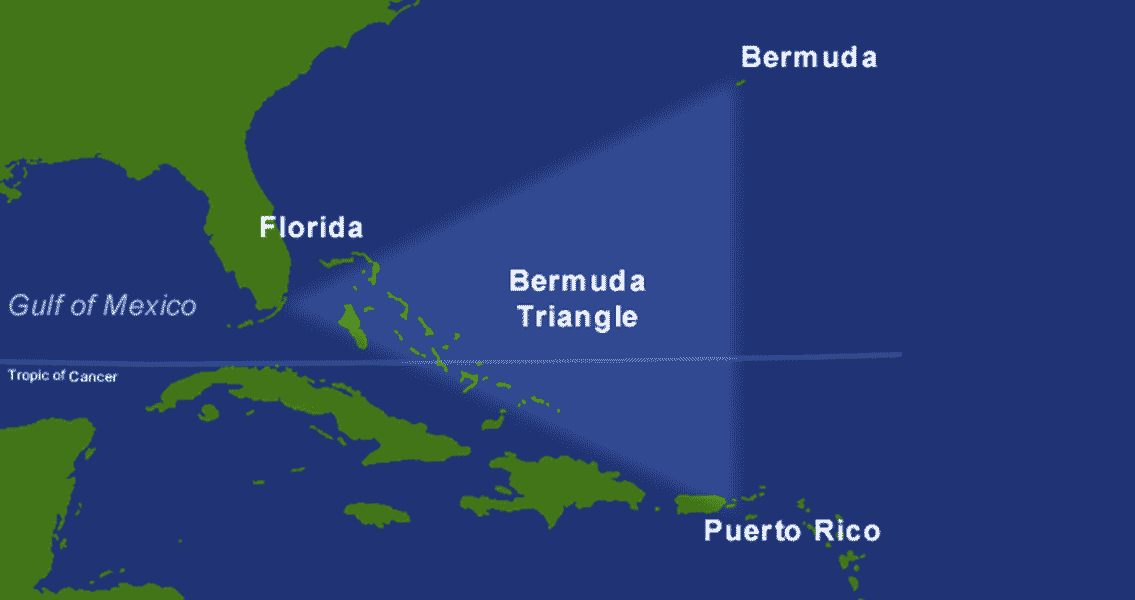<![CDATA[The disappearance of US Navy Flight 19 on the 5th December 1945 is a tragic event that has been absorbed into the grand narrative of the Bermuda Triangle. A huge bibliography of scientific analysis and fantastical literature has turned a small region of the Atlantic Ocean into a place of myth, legend and obsession. At 2:10 pm on the 5th, Flight 19 took off from Fort Lauderdale Naval base in Florida. The flight was comprised of five Torpedo Bomber aircraft embarking on a routine three hour training mission. Its commander, Lt. Charles Taylor, was an experienced pilot who had been flying in the area for over six months. Two hours after the flight began, Taylor reported his compass had malfunctioned and he no longer knew his position. In quick succession, the other four aircraft reported similar difficulties. Two hours, and a host of garbled radio messages later, the last transmission received from the flight was a distorted message at 6:20pm, of the commander telling all of the planes to ditch into the sea due to a lack of fuel. At 7:27pm a US Mariner search and rescue plane took off from Fort Lauderdale to find the missing planes and crews. At this point, based on radar analysis, it was believed that the planes' last known location was somewhere north of the Bahamas and east of Florida. Aside from a radio transmission briefly after take off, the Mariner and its crew were never heard of again. The only clue came from a ship cruising off the Florida coast, that reported seeing a visible explosion in the sea at 7:50pm. Over the following days, one of the largest search and rescue operations in history took place to try and find the six missing aircraft and the 27 people who had manned them. No traces were found, with the US Navy officially claiming this was due to stormy weather destroying any evidence. Nevertheless, the fate of the 'Lost Squadron' would be placed alongside a host of other events to build the legend of the Bermuda Triangle. The triangle itself covers an area of roughly 500,000 square miles of the Atlantic Ocean, between Bermuda, Miami and Puerto Rico, although definitions vary with some authors defining it as much larger. Strange events had occurred there before 1945, and have continued since. In 1918 the US Navy cargo ship USS Cyclops sunk somewhere within the region, without ever making a distress call, and with no wreckage having been found since. In 1941 two more US Navy ships sank, in a similar location to the Cyclops. Going back even further, Christopher Columbus reported seeing a 'great flame of fire' crashing into the sea on his first voyage to the New World. Some literary critics have suggested that Shakespeare's play, 'The Tempest', was written about a real ship wreck off the coast of Bermuda. Countless other stories of mysterious and unexplained events surround the area, but the connecting idea of a mysterious 'Bermuda Triangle' is a construction that has only existed since the second half of the twentieth century. The term wasn't used until Vincent Gaddis coined it in a 1964 magazine article. Since then, academics, writers and conspiracy theorists have come up with a host of explanations for phenomena in the area, ranging from reasonable scientific hypotheses related to unusual geological and metrological phenomena, to fantastical tales of aliens, pirates and the lost city of Atlantis. Some of these explanations may be true, at least in some cases. The events most likely all have individual explanations, the geographical link being purely coincidental. Undoubtedly there have been a lot of strange events in the area, but each week hundreds of planes and ships travel through it without incident. Leading maritime insurer Lloyd's of London doesn't place any extra premium on ships travelling through the Bermuda Triangle, which surely suggests the number of disasters and disappearances there is actually unexceptional. The legend of the 'Triangle' seems to have formed from a number of high profile tragedies, and vivid imaginations making associations for the sake of a good story.]]>
Flight 19 and the Bermuda Triangle
